With an MCBF of 60 million lines and an auto-cutter life of 1.5 million cuts, the Epson TM-T81III POS Printer provides unrivaled performance. It has a drop-in paper loading system, an auto-cutter, and status LEDs. With Epson‘s automatic paper-saving function, it can reduce paper margins, line spacing, and barcode heights. True Font Replacement (Driver Features), Automatic Paper Reduction, Automatic paper cut with logo printing, and a built-in power supply are all included. It is a perfect printing solution for businesses, with high-speed printing of up to 200mm/s and a durable machine body, consuming only 1W while on standby and using 30% less paper for printing.
“32 inch HD Android LED Television” has been added to your cart. View cart
Epson TM U220B USB POS Printer
| Print Speed | 4.70 lps (40 columns, 16.00 cpi) |
| Print Technology | Print method: 9-pin serial impact dot matrix Technology: Serial Impact Dot Matrix |
| Interface | RS-232, Drawer kick-out, Bidirectional parallel |
| Paper Handling | |
| Sizes | 76.00 ± 0.50 (W) mm x dia 83.00 mm 69.50 ± 0.50 (W) mm x dia 83.00 mm 57.50 ± 0.50 (W) mm x dia 83.00 mm |
| Types | Receipt |
| Input Capacity | Column capacity receipt: Paper width 76 mm, 33 / 40 Copy capability receipt: one copies plus one original |
| Physical Specification | |
| Color | Epson Dark Grey / Epson Cool White |
| Weight | 2.5 kg |
| Others | Character size: 1.2 mm (W) x 3.1 mm (H) / 1.6 mm (W) x 3.1 mm (H) Character set: 95 Alphanumeric, 48 International, 128 x 12 Graphic Characters per inch: 13.3 cpi / 16 cp |
| Dimensions (W x D x H) | 160 x 248 x 139 mm (Width x Depth x Height) |
| Voltage (V) | Power Supply: PS-180 Operating Voltage: 24 V |
| Warranty Information | |
| Warranty | 1 Year Warranty |
27,999.00৳
13
People watching this product now!
Product Description
Customer Reviews
Rated 0 out of 5
0 reviews
Rated 5 out of 5
0
Rated 4 out of 5
0
Rated 3 out of 5
0
Rated 2 out of 5
0
Rated 1 out of 5
0
Be the first to review “Epson TM U220B USB POS Printer” Cancel reply
Online Sports Nutrition and Natural Dietetics.
Chances are there wasn't collaboration, communication, and checkpoints, there wasn't a process agreed upon or specified with the granularity required. It's content strategy gone awry right from the start. Forswearing the use of Lorem Ipsum wouldn't have helped, won't help now. It's like saying you're a bad designer, use less bold text, don't use italics in every other paragraph. True enough, but that's not all that it takes to get things back on track.
The villagers are out there with a vengeance to get that Frankenstein
You made all the required mock ups for commissioned layout, got all the approvals, built a tested code base or had them built, you decided on a content management system, got a license for it or adapted:
- The toppings you may chose for that TV dinner pizza slice when you forgot to shop for foods, the paint you may slap on your face to impress the new boss is your business.
- But what about your daily bread? Design comps, layouts, wireframes—will your clients accept that you go about things the facile way?
- Authorities in our business will tell in no uncertain terms that Lorem Ipsum is that huge, huge no no to forswear forever.
- Not so fast, I'd say, there are some redeeming factors in favor of greeking text, as its use is merely the symptom of a worse problem to take into consideration.
- Websites in professional use templating systems.
- Commercial publishing platforms and content management systems ensure that you can show different text, different data using the same template.
- When it's about controlling hundreds of articles, product pages for web shops, or user profiles in social networks, all of them potentially with different sizes, formats, rules for differing elements things can break, designs agreed upon can have unintended consequences and look much different than expected.
This is quite a problem to solve, but just doing without greeking text won't fix it. Using test items of real content and data in designs will help, but there's no guarantee that every oddity will be found and corrected. Do you want to be sure? Then a prototype or beta site with real content published from the real CMS is needed—but you’re not going that far until you go through an initial design cycle.


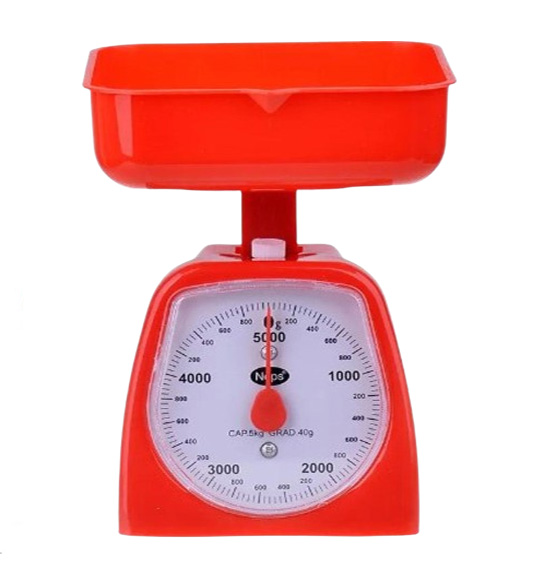
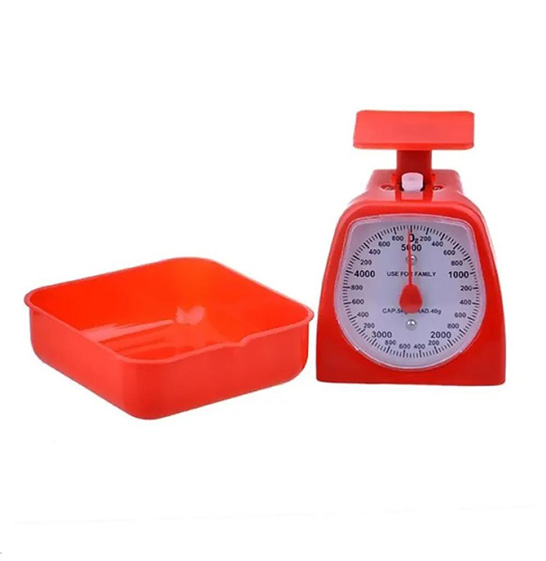
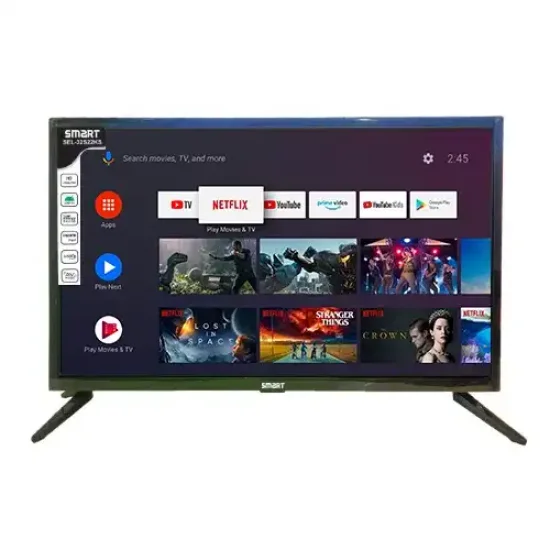
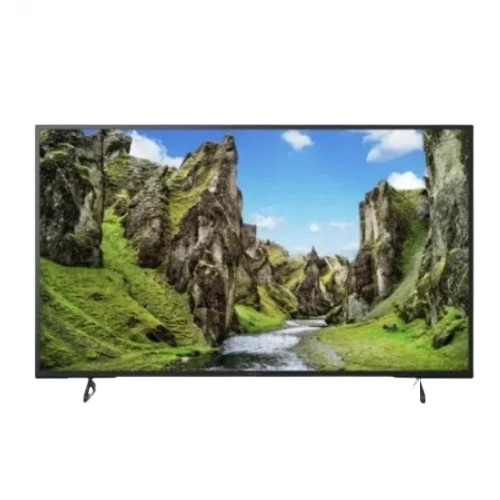
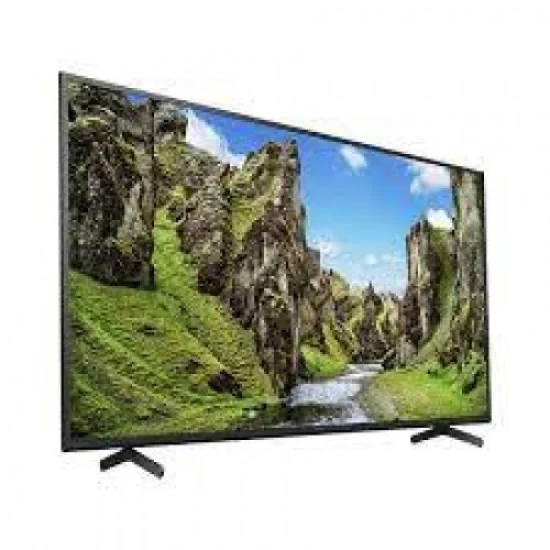











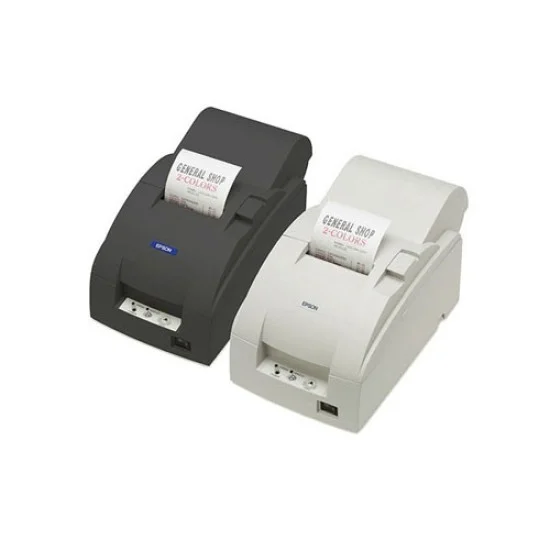
Reviews
Clear filtersThere are no reviews yet.